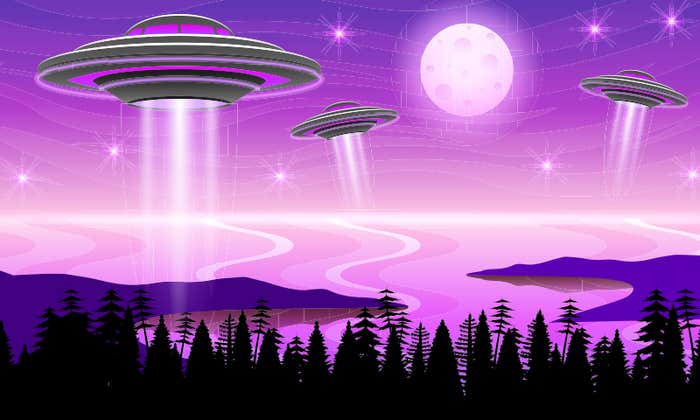This article introduces Nautilus’ month-long exploration of the science and art of time.
When Lee Smolin’s book Time Reborn was re-launched to great fanfare at my home in 2015, it accelerated a discussion he and I had been having for years: What if we gathered together a group of creative, broad-thinking artists and scientists whose perspectives on time were directly reflected in their work? What an extraordinary opportunity that would be—to journey down the path of time hand-in-hand with people whose work has literally changed the way we see and hear things.
So that’s what we did. Lee’s remarkable ability to think about time in a both a fundamental and historical context, and to communicate his ideas to a broad audience, informed our choice of writers and the direction we gave them. My own role was to encourage these writers to just be—to allow them the freedom to step back and think about the idea of time and its impact on their method, approach, and creative processes.
The result is a collection of essays, to be published in Nautilus over the next month, by painters, sculptors, musicians, filmmakers, curators, and a neuroscientist, all about the nature of time as they see it.
Welcome to the Time Project. Enjoy the journey.
—Beth Jacobs
Managing Partner, Excellentia Global Partners
During the last century science has been transformed by several simultaneous revolutions. In physics, relativity and quantum theory have utterly changed our understanding of nature. Yet these twin revolutions initiated by Einstein are mutually discordant, which tells us that they are not yet complete. Biology has also been doubly transformed by twin revolutions, each the legacy of Darwin. The most powerful has been the neo-Darwinian synthesis, which, through molecular biology, gives a detailed microscopic understanding of the processes of life. At the same time an ecological, systems-oriented perspective has developed in biology, whose vanguard has been the study of complex systems. Today, systems biology attempts, with some success, to combine the two strands. Interweaving these developments in physics and biology we have the general study of information and computation.
Uniting these advances are four deeper themes:
1) The abandonment of a reductionist Newtonian framework, in which a system has a state that completely describes it and that changes predictively and reversibly in time.
2) The embrace of notions of change that are discontinuous, irreversible, and not completely predictable. Speciation and extinctions in evolution are an example, along with Stephen Jay Gould and Richard Lewontin’s punctuated equilibria. So are phase transitions in physics.
3) The appreciation of critical phenomena, in which qualitative changes in the internal organization of a system occur simultaneously over a wide range of scales.
4) The understanding that nature can generate surprising novelty, including novel states of organization, which are governed by novel laws.
I would like to propose that two closely related conceptual revolutions in turn explain and unify these transitions—and that these have the potential to affect disciplines beyond science.
The first is a change in the notion of time, from the rearrangements of unchanging atomic elements to a process that drives the continual generation of novel events, and hence is continually making the future out of the present. Put another way, this is a change from a deterministic and reversible time, to a time that is generative and irreversible. Under the older notion, time could be considered a version of space, and was therefore inessential and could be eliminated. In the new view of time, time is essential and irreversible because it generates genuine novelty.
Along with this comes a second revolution, which concerns properties. On the older view, properties are absolute and reductionist. An atom’s properties hold irrespective of the properties or the existence of anything else in the universe. The newer notion is that properties are defined only in relation to the system that contains them. A prototype for this transformation is the move from the absolute notion of space held by Newton to the relational view of space championed by Leibniz and realized in Einstein’s general theory of relativity.
It then becomes interesting to ask if these two revolutions can help us understand the equally profound shifts that have occurred in art over the same period of time. Can the changes from classicism to modernism to postmodernism and beyond be comprehended in terms of changes in the notions of time and property?
—Lee Smolin
Perimeter Institute, Waterloo, Canada






























